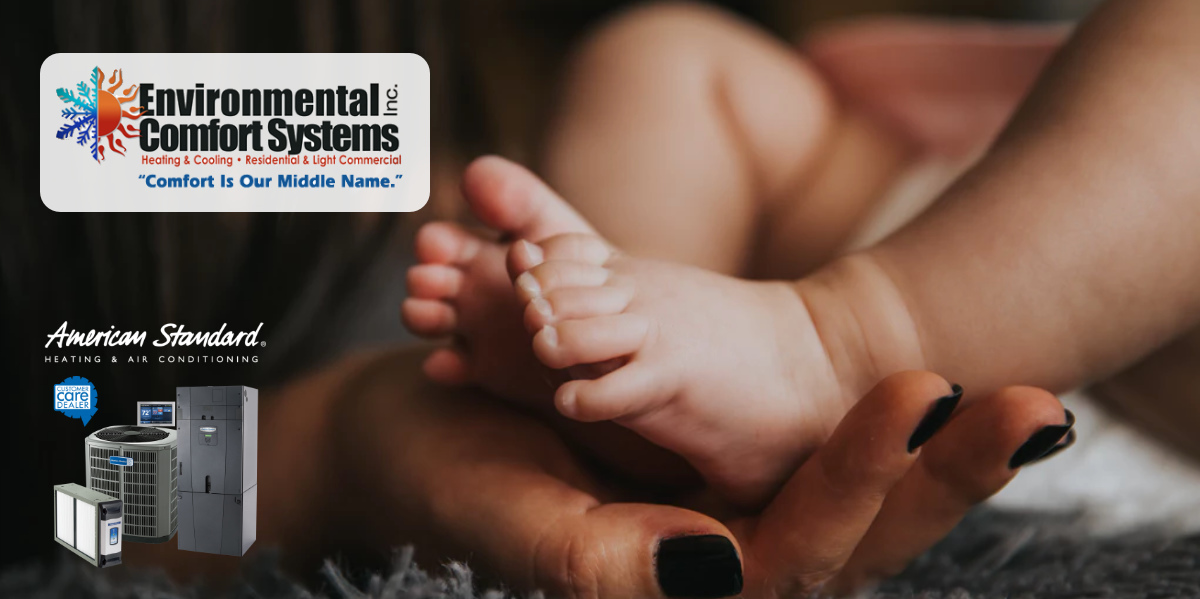Tips for Decreasing Humidity in Your Home
Everyone takes notice of the humidity in the Tennessee Valley. It’s the peak of summer, but it has been sticky and humid outside for months. How is the humidity inside your home? There are a few things you can do to help with decreasing humidity in your home during the hottest weeks to come.
First, what problems come up when humidity levels are too high in the home? We’ve listed a few below.
Indoor humidity should be between 30-50% for optimum comfort. When humidity gets into the 60-70% range, it starts to get uncomfortable. Here are some things that can happen:
- Your hair will get frizzy. Not a major concern for most, but for some, disaster! Makeup may slide off/ look different than usual.
- It will feel hotter.
- The air feels wet. Sweat doesn’t cool you off because it can’t evaporate.
- People experience sleep problems.
- Mold spores start to grow and multiply. This can be very dangerous for some people.
- Wood swells and doors stick. Prolonged moisture in the air will cause wood to start to deteriorate.
- Mildew (a form of mold) can get on fabric and ruin it. Fabric will tear and shred very easily. Stains occur from the mildew.
- Pets smell worse. Again, not life-threatening, but for some, it can be irritating.
- Rust and other oxidization can occur and tends to speed up in higher humidity.
Combating Humidity:
So, what can you do to help keep the humidity at a comfortable level in your home? In addition to being more energy-efficient, homes with correct humidity levels are much more comfortable for your family and your pets. We’ve listed some easy steps you can take below to help reduce the humidity naturally in your home.
- Ensure that exhaust fans in kitchens, bathrooms, and laundry rooms vent to the outside. Installing vents and attic fans can help too.
- Increase indoor temperature because warm air can hold more moisture (relative humidity decreases if temperature increases).
- Use fans to increase ventilation
- Take colder, shorter showers. Use a low flow shower-head or shower under a less powerful stream by not fully opening the tap.
- Becoming mindful of the indoor and outdoor temperature also can ease the concern of proper humidity within the home. What is the current temperature inside versus outdoors?
- Install a Smart Thermostat, which can sense and control the indoor humidity. We recommend the American Standard 850 with Wifi Controls!
- Check the age and performance of your HVAC System. New, higher efficient air conditioning systems allow for humidity control. These systems also save money on energy bills, often paying for themselves over time.
Remember, improper indoor humidity levels are a common home hazard that is often underestimated. Dust mites and other problems, such as allergens, pathogens, and noxious chemicals are more abundant in humid conditions.
Allergies, headaches, asthma symptoms such as wheezing, shortness of breath or a chronic cough also indicate you could benefit a lot from lowering the moisture content in the indoor air.
Dehumidifiers, ventilation, air conditioning, humidity monitors, weatherstripping, caulking, insulation, interior adjustments, and lifestyle changes can all help ensure ideal home humidity.
These actions may involve some costs but in the end, they will save you money and improve the health of you and your family members.
Contact Us!
For questions about dealing with the humidity in your home, you can trust Environmental Comfort Systems to have the answers and equipment to keep your home comfortable and energy-efficient. Contact us today with any questions.
Environmental Comfort Systems is fully licensed and insured. We offer emergency service and are locally owned and operated.




